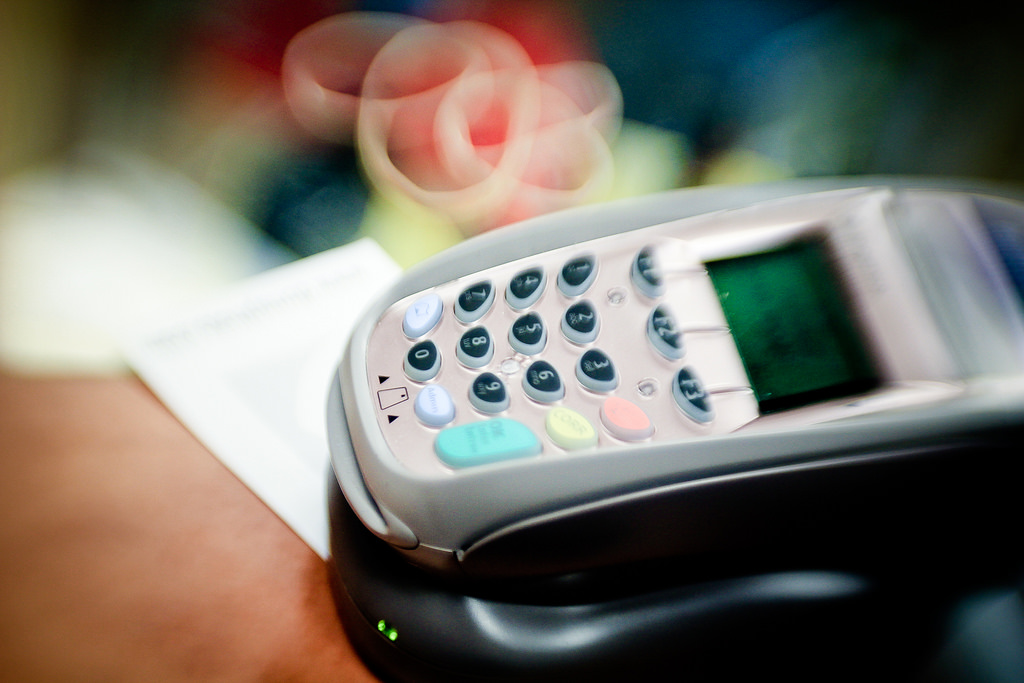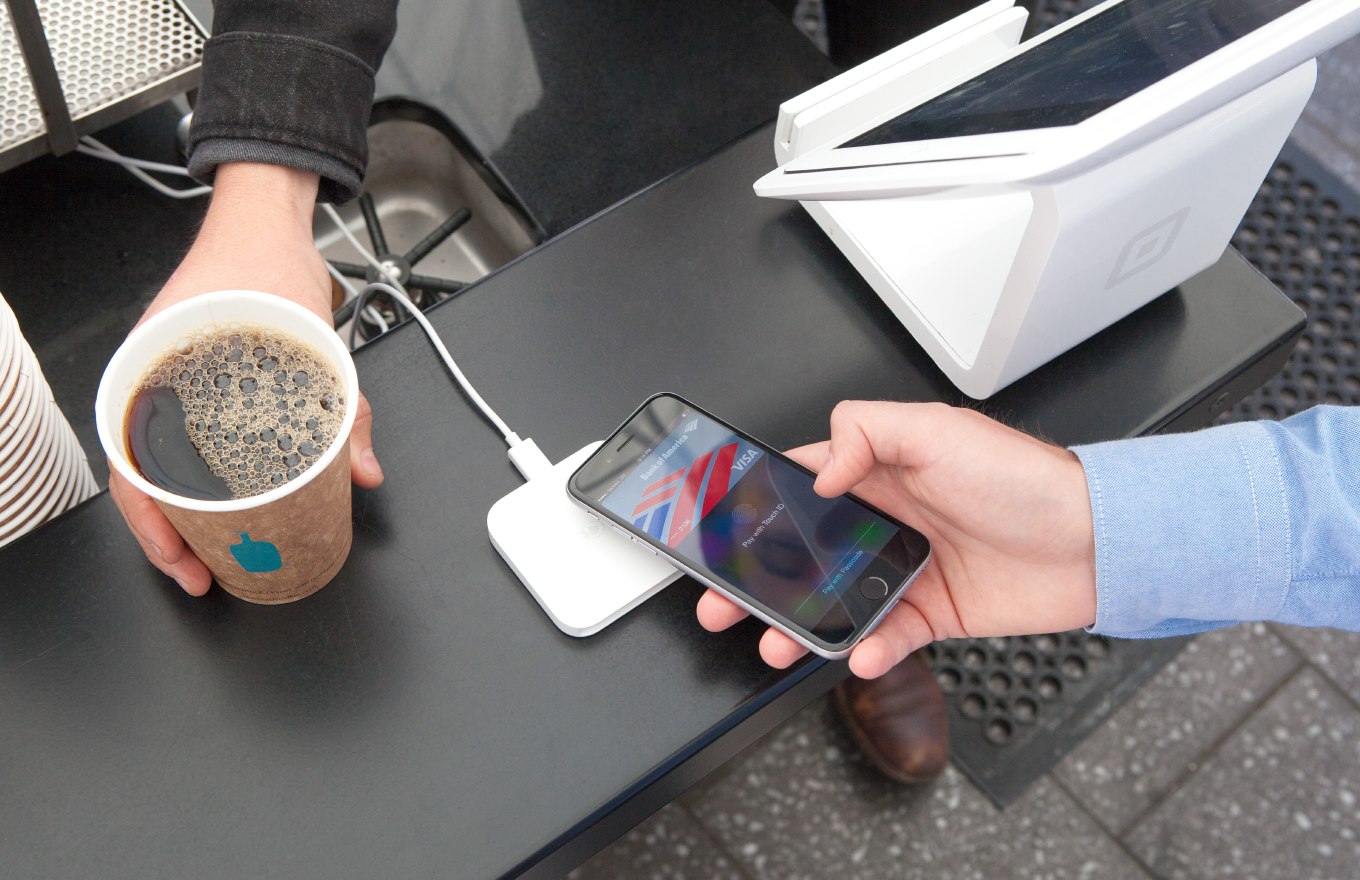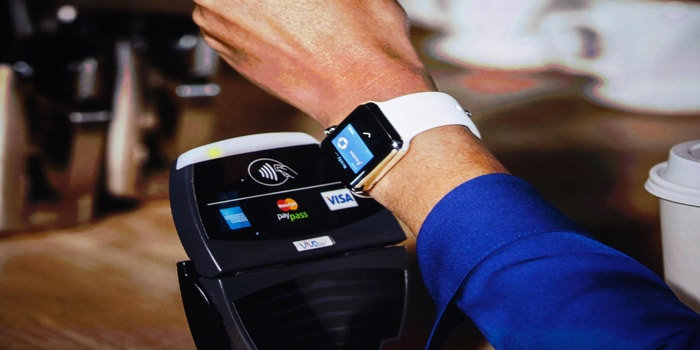The way we pay has changed and will continue to change as long as technology keeps improving. From the advent of cryptocurrencies such as Bitcoin back in 2009, to eWallets and contactless payment portals, the methods we now use to purchase goods and services is markedly different from the simple exchange of coins (and notes) that once prevailed.
While cash is still king in certain situations (like betting in a casino, for instance), more people now use credit and debit cards to pay for things. According to UK.CreditCards.com, the UK is the biggest cards payment market in the European Union accounting for more than 30% of all EU card spending.
In November 2015 alone there were 242 million credit card purchases in the UK and, to date, there are 97.4 million debit cards in the country. Moreover, and more significant to the idea of payment security, is that 54.1 million of those debit cards now offer contactless payments.
Money is on the Way Out
It’s a similar story around the world. Statista states that there are 421.8 million credit card accounts in the US, while a 2014 report by the Financial Times highlights how China is falling “out of love with cash” as credit and debit card ownership tops 4.2 billion.
What’s clear here is that paper and metal are gradually making way for plastic and, more recently, online apps. The future of payments is an exciting one, but it also presents some problems in the form of security issues. Indeed, even when we scroll through the most recent list of innovations, we can see that web application firewalls (WAFs), backdoor shell protection and One-click Two Factor Authentication (2FA) are now more important than ever.
Modern Payment Options:
Electronic wallets offering online and mobile payments, including: PayPal, Skrill and Lemon Wallet
Apple Pay (and Google Pay eventually)
Facial Recognition by companies such as Uniqul
Of the options listed, facial payments are by far the most intriguing from a technology point of view. Indeed, at the start of 2016 MasterCard released “selfie pay” as a way of improving identity verification for its mobile payment app. However, when it comes to frequency, electronic wallets are the most significant part of the “modern payment” genre.
Don’t Take Security for Granted
While it’s easy to assume that online payments are safe since they’ve been used for a number of years (the first ever online shopping system was developed by Michal Aldrich in 1979), this simply isn’t the case as the security breach at Zen Cart in 2015 proved.
Owing to a PHP file inclusion affecting /ajax.php file, the online shopping cart was exploited by hackers using cross-site scripting. Fortunately, the issue was resolved within 24 hours, but it showed that website security, from WAFs to 2FA and ingress traffic management, are crucial if you’re accepting online payments.
According to the experts at Imperva Incapsula, cloud-based web security options are the best way to ensure total payment security in a modern environment. Because enterprise-grade security products use crowd sourcing to monitor the internet in real-time, it means they can adapt and react to the latest threats. The end result is a more secure payment environment for business owners and, therefore, customers.
The future of payments is undoubtedly set to take place online. However, if it’s to become the number one choice for consumers it, business and website owners will have to ensure their security is of the highest standards



